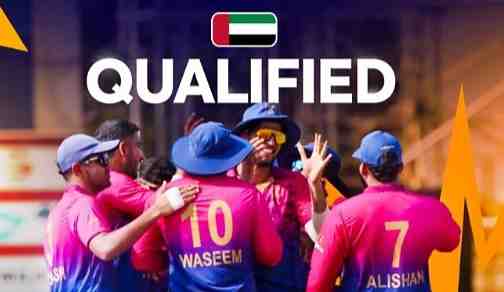
BIPIN DANI
Delhi Capitals' David Warner was lucky enough on Wednesday when he survived despite the stumps lighting up but the bails did not dislodge in the bowling of Rajasthan Royals' Yuzvendra Chahal.
Two years ago in the ICC World Cup also, he had a similar luck reprieve.
It has been a practice of using the Zing bails at all international and IPL matches.
With both wooden and Zing bails a snick of the outside of the stump sometimes results in the force not being sufficient to dislodge the bail to the ground.
Here's what David Lighterwood, the Director of the company has to say on bails and whether is it a good idea to eliminate the concept of having bails on stumps.
"The way the Zings work, if a Zing bail lights, it means that both spigots have lifted from the groove. So at that point the wicket is 'put down' by the laws of cricket. But if the bail subsequently reseats (when the Zings will turn off) by the laws of cricket it is not out, as a rider to the relevant law also requires a bail to fall to the ground. So theoretically when the Zings are being used, a playing condition could stipulate this rider doesn't apply, so the wickets are 'put down' upon the flash", explains David Ligertwood, the Director of the company.
"Importantly this would still be 100% definitive. Just like the current law has been through history, by requiring a bail to fall to the ground. If the wickets only had to be touched by the ball to be out a whole range of problems are triggered", he adds.
"One problem you would have if the ball only had to touch the stumps is that deciding if and when it took place would often not be definitive. And in games without TV cameras you often couldn't adjudicate it. So bails would have to remain in non-TV cricket. And it would be a real negative if such a cornerstone of the game was different in amateur and grass roots cricket to that on TV".
"Even in TV games the technology to determine if stumps were hit would likely never be black and white, and decisions would at times therefore take a long time to assess, and could only be determined when there were TV umpires. The Zings flashing is 'in front of camera' and can be determined on the field of play".
"With the Zings indicating the instant the bail is dislodged, stumping and run out decisions can be made definitatively in an instant. If replays and other technology had to be used to determine in which frame the stumps were first touched it would be very difficult, and become more difficult the higher the frame rates of the cameras become".
"Another big downside to the ball only having to touch the stumps for a dismissal is that Bails, which are a quirky, interesting and historical part of the cricket, would be lost to the game".
"Bails not dislodging is relatively rare, and is simply a factor in the 'size of the wicket'. It is a lot rarer than other pieces of luck in the game, like playing and missing etc. So although there may be emotion around such an occurrence at times, it does not undermine the integrity of the game. The wicket is always the same for both teams".
"However, when Zings are being used a playing condition could theoretically be introduced so the wicket is 'put down' upon the flash (ie both spigots lifting, but not requiring the rider that they fall to the ground). This would then capture the vast majority of situations of when the stumps are hit and the bails reseat. It would be very rare indeed that a bail doesn't flash if the wickets are hit. So such a playing condition could apply when the Zings are being used, with no real downside".
"But like I say, the current law is factual/definitive, historical, entertaining, and always the same for both sides (so fair). Plus occurs rarely. And moreover, we have the Zings to tell us the precise definitive moment the second spigot lifts for run outs and stumpings".
"So I would say with so much at stake, if it ain't broke why look to change an element of the game that has subsisted for centuries?", Lighterwood concludes.


















